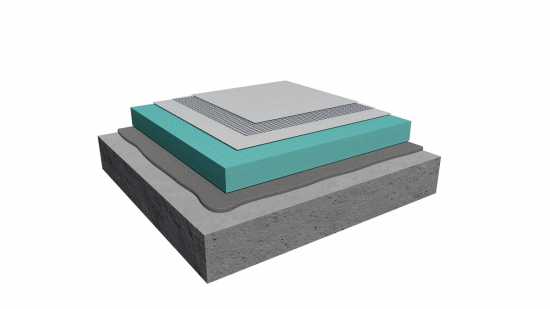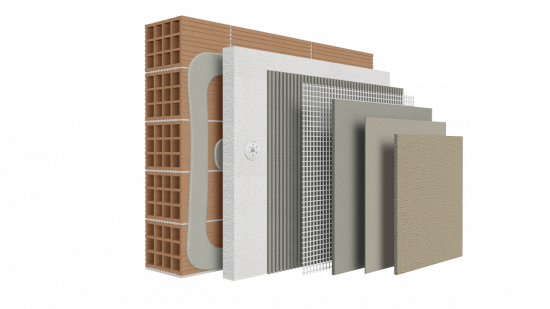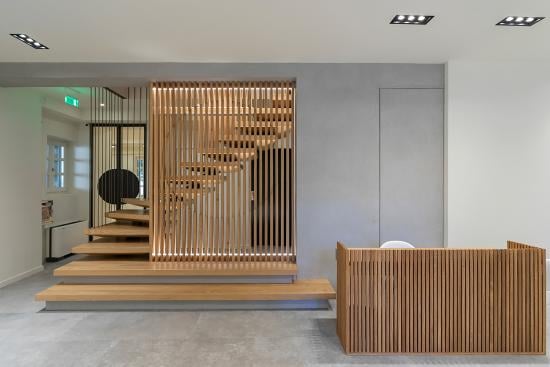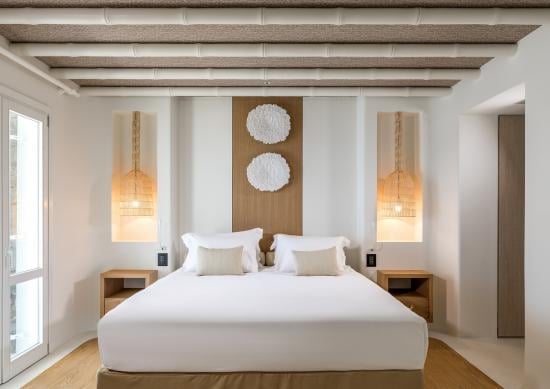Sound Insulation: Importance, Applications, and Technical Solutions
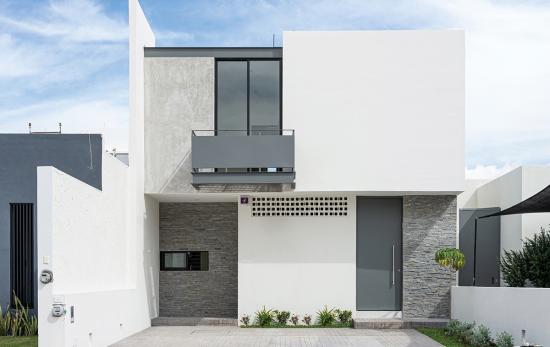
Sound insulation is the process of limiting or eliminating the transmission of sound to and from space, aiming to reduce noise disturbance and improve acoustic comfort. This is achieved using physical barriers or sound-absorbing materials that block the propagation of sound waves.
The importance of sound insulation is crucial, especially in spaces that require increased control over sound, such as music studios, cinemas, and theaters. However, its application is equally important in residential settings, aiming to reduce external noise – such as traffic or disturbances from neighboring areas – thus ensuring a peaceful living environment.
Moreover, sound insulation has positive effects on health. Prolonged exposure to loud or continuous noise can lead to hearing loss, increased stress, and a general decline in quality of life.
Enhancing sound insulation is particularly critical for ensuring privacy in homes and promoting focus and productivity in professional environments, such as offices. The systems used can be applied either internally, for separation between rooms or apartments, or externally on the building envelope.
Interior Applications
For interior sound insulation, high-mass and thick masonry walls (e.g., brick or concrete) are used, along with dry construction systems that combine plasterboards with insulating materials possessing sound-absorbing properties, such as stone wool. These materials absorb or reflect sound, significantly limiting its transmission.
Exterior Applications
For exterior applications, the most common solutions include windows and doors with double or triple glazing. In addition, external thermal insulation systems that combine thermal and acoustic protection significantly contribute to the overall sound insulation of a building. Ideal materials for such use include high-density thermal insulation products, such as stone wool.
An excellent example is the certified ClimaWall MINERAL system by BIOCLIMA (certified according to EAD 040083-00-0404), which offers enhanced acoustic and thermal performance and significantly reduces the transmission of sound from external sources into buildings, as evidenced by certified measurements (up to 5dB improvement according to the test diagram). The system stands out for its excellent thermal insulation capability (up to λ = 0.034 W/mK), and its classification as A2-s1,d0 according to EN 13501-1.
Additionally, the system carries an Environmental Product Declaration (EPD) in compliance with ISO 14025 and EN 15804+A2, making it suitable for projects assessed under LEED, BREEAM, and WELL rating systems.
In conclusion, sound insulation is a key factor for quality of life, health, and well-being. The selection of appropriate materials and application techniques – in both interior and exterior spaces – ensures a high level of quiet, comfort, and energy efficiency.


